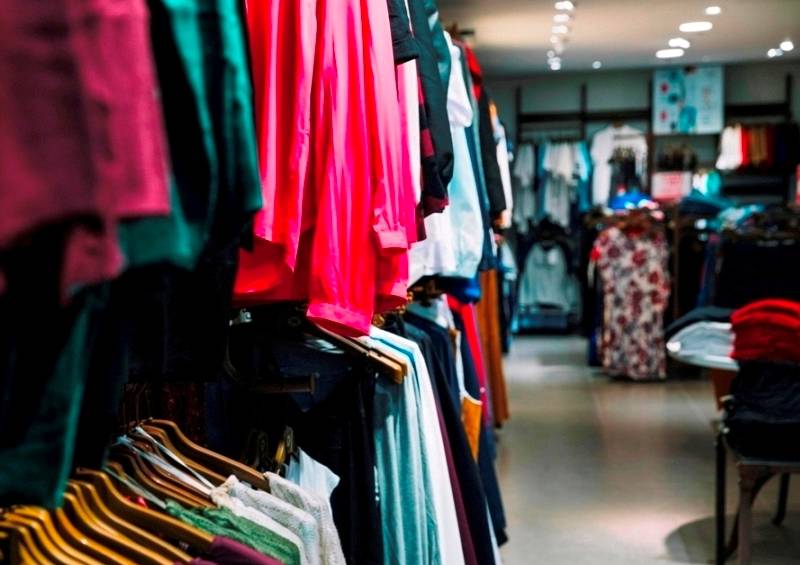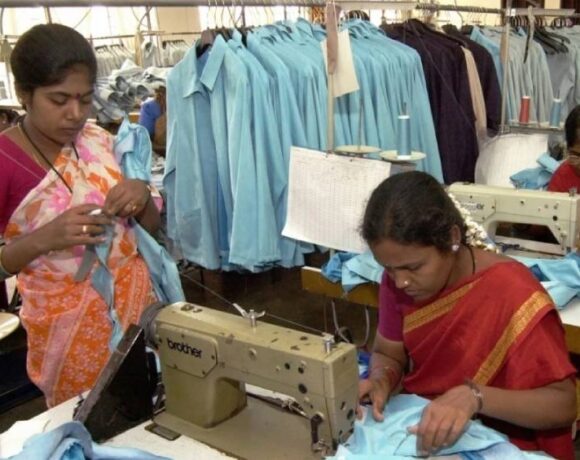Global Garment Brands Moving Back Production Base To China

Under the influence of multiple factors such as trade frictions, rising labour costs and environmental pressures, clothing brands were trying to move their supply chains out of China in order to reduce their dependence on Chinese factories.
“But as the macro environment continues to weaken and consumer behaviour is cooling down, global apparel brands and retailers are finding alternative production centres to China a huge problem, and so they are moving production back to China,” a Bloomberg report stated.
As one of the world’s major manufacturing hubs, China has a large labour force and complete supply chain management capabilities, allowing it to provide high-quality products for major brands at relatively low manufacturing costs.
Being able to provide goods at competitive prices, helped China turn into the biggest global exporter of textiles as well as garments. Many internationally renowned brands use China as their main production base to reduce production costs and meet market demand.
“China has established a mature supply chain system. Not only is the price very competitive, but the quality is also stable in the mass production process. It is difficult to find a company offering same quality,” Laura Magilli, global head of sustainability for the footwear brand Bata Group, told Bloomberg.
Bloomberg reported that a businessman named Lin Feng owns several clothing factories in the southern Chinese city of Guangzhou and its surrounding areas, mainly producing clothing products for American and European customers.
Due to the closure of borders in 2020, he launched a new women’s clothing production line in Vietnam to test the waters, but he soon found that orders from overseas customers were getting fewer and fewer, a phenomenon that shocked him. In 2022, he quit Vietnam and shifted focus back to Guangzhou.
Kee is also an owner of a garment factory in Guangdong and also operates a denim jeans production line in Cambodia since 20 years. The wages he pays workers in Guangdong, are now 30 percent higher than in Cambodia.
“But the output rate of his Chinese factories has increased by about 20 percent in ten years, and Chinese workers are also more skilled than Cambodian workers. Expanding production in Southeast Asia countries was not a ‘rational decision,” Kee told Bloomberg.
Duong Thi Ngoc Dung, Vice Chairman of the Vietnam Textile and Apparel Association, said that Vietnam’s garment industry still mainly relies on Chinese raw materials, such as fabrics, buttons, yarns, clothing labels and packaging, etc. as only 30-40 percent of these are produced locally.
Finding a production center that can replace Chinese factories is a difficult task. Brands may encounter many obstacles in the process of moving factories, or even lead to the demise of the entire brand.
In addition to weighing the cost of labour, brands also need to consider multiple factors such as workers’ technical capabilities, government macro policies, and local business climate.
Especially for large clothing brands, their supply chains involve a large number of partners and complex operating systems. If they rashly move their production centres, there are possibilities of higher risks.














